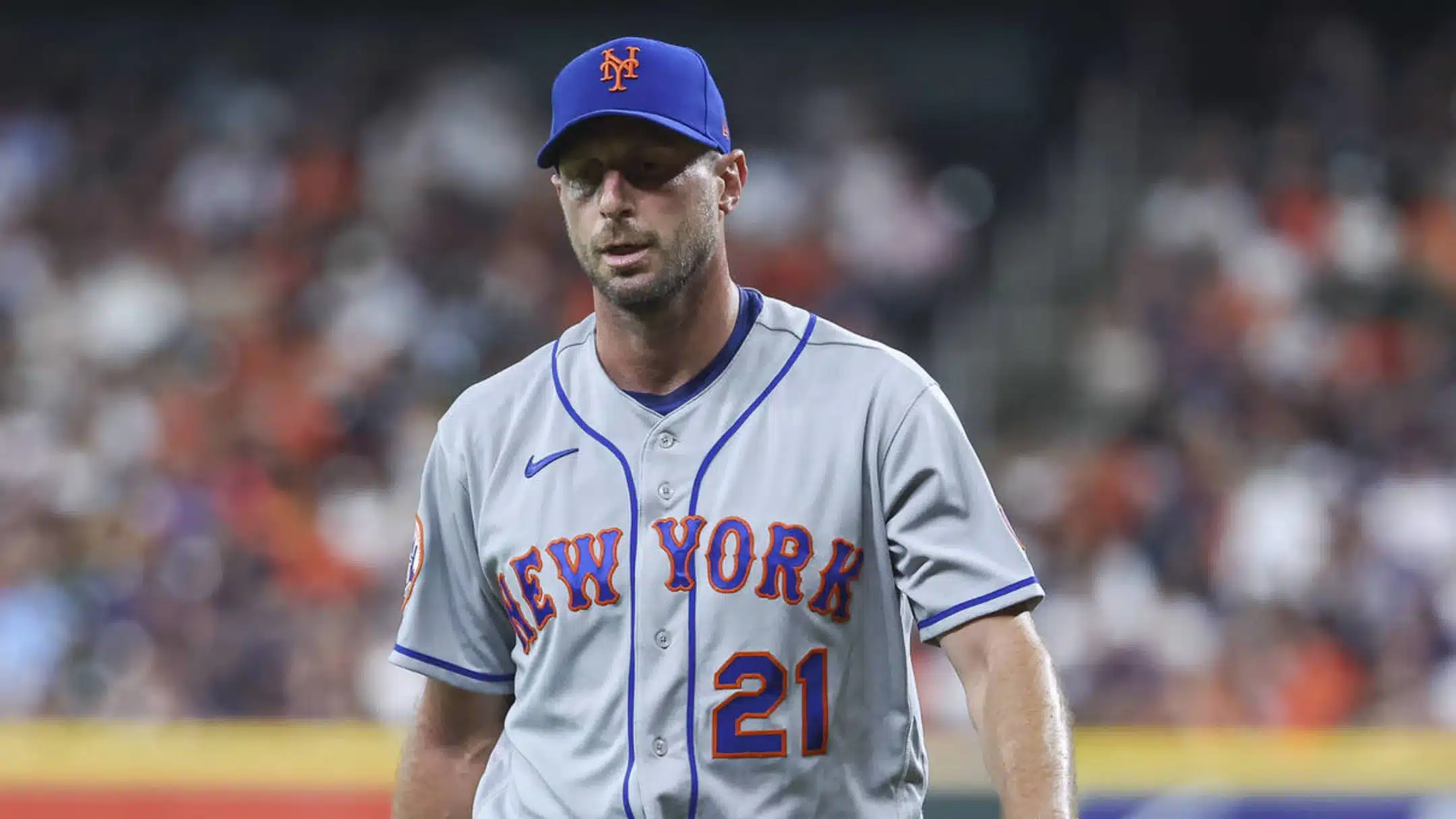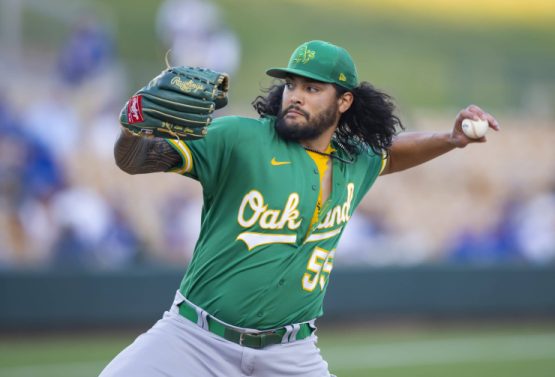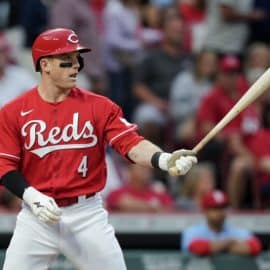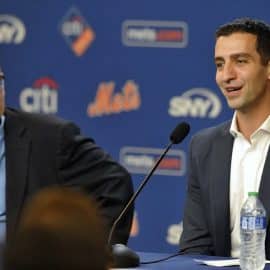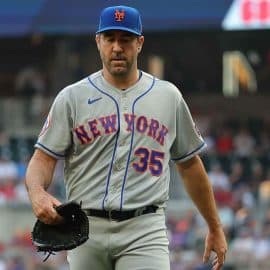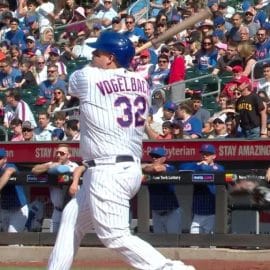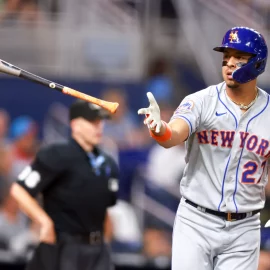Now that the 2023 season is over for the New York Mets, we will spend the next several weeks taking a look at the big picture. This deep dive will be broken down into phases every weekday, continuing today with a look at the Mets’ starting pitching.
While the starting rotation was a big strength for the New York Mets a year ago, the unit essentially unraveled in 2023. Injuries wrecked the unit throughout the season and the team’s co-aces, Max Scherzer and Justin Verlander, weren’t able to consistently deliver the results necessary to keep the team in the playoff hunt. The result was a wild trade deadline that saw both shipped out as the rotation was a shell of itself down the stretch. Let’s take a look at the year of the starting pitchers and see how they fared in 2023.
Starting Pitchers: Season In Review
Max Scherzer
The Mets’ Opening Day starter sounded the alarm bells early when he got bombed in his second start of the season in Milwaukee. Things continued to unravel for Scherzer after a 10-game suspension for using too much rosin in April, which sidelined him for 10 days, and various nagging ailments led to inconsistent results. Scherzer also came up small in big spots, getting hit hard by the Atlanta Braves and New York Yankees in June, before putting together a string of solid results out of the All-Star Break. The team’s decision to trade David Robertson during a rain delay irritated Scherzer, who aired his grievances publicly before asking for a meeting with the front office the next day. That meeting resulted in him being traded to the Texas Rangers for LuisAngel Acuna and airing some dirty laundry in an interview with The Athletic’s Ken Rosenthal where he claimed he was told the Mets were punting 2024.
The final tally for Scherzer with the Mets in 2023 was a 9-4 record with a 4.01 ERA in 19 starts. Scherzer continued to display uneven results for Texas before suffering a Teres Major strain in September, ending his season before the Rangers reached the postseason.
Grade: C+
Justin Verlander:
The Mets’ big-ticket acquisition to replace Jacob deGrom, who bolted for more money from Texas in the offseason, didn’t pitch until May after an injury at the end of spring training knocked him out for a month. The late start to his year impacted Verlander, who struggled with consistency over his first six weeks as a Met before hitting rock bottom against the Braves in mid-June. Verlander righted the ship after that, becoming the team’s most dependable starter for six weeks, but he took the opportunity to seek a trade after the Mets dumped Scherzer on July 30. The Mets granted his wish, sending Verlander back to the Houston Astros for minor league outfielders Drew Gilbert and Ryan Clifford, where he helped Houston surge past Texas late in the year to claim another American League West crown. The final tally on Verlander’s Mets career was a 6-5 record with a 3.15 ERA in 16 starts.
Grade: B+
Kodai Senga:
Expectations were a bit of an unknown for Senga, who became the most high-profile Japanese free agent to join the Mets since Kazuo Matsui in 2004. The Mets managed Senga’s transition to American baseball very carefully, often giving him an extra day of rest and pairing him with defensive minded catchers in the early going. The care to detail paid off for Senga, who flipped a switch after May to become the Mets’ top starting pitcher over the course of the season. Senga’s rookie year finished with him going 12-7 in 29 starts, pitching to a 2.98 ERA and striking out 202 batters in 166.1 innings pitched. In any other year, Senga would be a lock for National League Rookie Of The Year, but he will likely finish second or third to Arizona’s Corbin Carroll.
Grade: A+
Jose Quintana:
The Mets’ third free-agent starter addition, Quintana missed the first half of the season after needing surgery in March to repair a lesion on his rib cage. Quintana finally made his debut in late July and offered steady results in the rotation, going 3-6 in 13 starts with a 3.57 ERA and turning in eight quality starts. The poor won-loss record is largely a result of pitching behind a depleted roster in the second half, but Quintana showed he can be an important part of the Mets’ 2024 plans.
Grade: B
Carlos Carrasco:
The Mets picked up Carrasco’s club option for the 2023 season and it ended up being a spectacular disaster. Carrasco struggled mightily to adjust to the pitch clock, displaying reduced velocity and effectiveness throughout the year. No one wanted Carrasco when the Mets put him on waivers in August so he was set to finish out the year in the rotation before breaking a finger in the team’s weight room, ending his season in September. Carrasco finished 2023 by going 3-8 with a 6.80 ERA in 20 starts and is set to become a free agent this winter.
Grade: F
David Peterson:
Quintana’s injury in spring training created a competition for his slot in the starting rotation that Peterson won rather easily. Peterson fell into a disastrous rut early in the season, getting sent to the minor leagues in May after posting an 8.08 ERA through his first eight starts. After working on his mechanics in AAA, Peterson returned in June and stuck with the big club for the rest of the season, working primarily out of the bullpen in July before finishing the season in the rotation after the Mets dealt away Scherzer and Verlander. Peterson was notably more effective down the stretch, working to attack hitters in the strike zone more often after spending far too much time nibbling early in the year, and figures to be either a rotation depth option or bullpen piece in 2024. The final line on Peterson was a 3-8 record with a 5.03 ERA in 27 appearances, including 21 starts.
Grade: C-
Tylor Megill:
For the second straight season, a last-minute injury to the Mets’ rotation created a job opening for Megill, who replaced Justin Verlander at the start of the season. Megill also repeated his 2022 pattern of starting strong in April before struggling in the middle of the season, leading to his demotion to AAA Syracuse in late June. The Mets brought Megill back up in August after trading away Verlander and he spent the rest of the year in the rotation, settling in nicely to deliver solid results over his final eight starts of the season. Megill finished the year with a 9-8 record and 4.70 ERA in 25 starts, putting himself in the mix for the team’s rotation depth again in 2024.
Grade: C
Joey Lucchesi:
Lucchesi returned from Tommy John surgery and impressed in a few early season starts for the Mets before being sent down to AAA Syracuse, where he spent most of the year. The Mets appeared hesitant to give Lucchesi a legitimate audition at the big league level due to concern over how his limited repertoire would play multiple times through the batting order. Lucchesi came back up in September as the team’s sixth starter and finished strong, wrapping the year with a 4-0 record and 2.89 ERA in nine starts, putting himself in the equation for either the fifth starter’s slot or as a depth option in 2024.
Grade: B
Jose Butto:
The Mets gave Butto a few spot starts during the season and recalled him in late August with an eye towards seeing how his stuff would play in a relief role. That plan changed when Carrasco went down with a season-ending finger injury, causing the Mets to shift Butto back to the rotation in order to maintain a six-man rotation down the stretch. Butto opened eyes with a solid effort down the stretch, turning in four solid starts in five tries in September and October while earning his first major-league win on September 12th against the Arizona Diamondbacks. The final line on Butto was a 1-4 record with a 3.64 ERA in nine big league appearances, including seven starts, a performance that likely earned him a look as a potential big-league contributor in 2024.
Grade: C+
Denyi Reyes:
Few Mets’ fans had even heard of Denyi Reyes before the Mets signed him to a minor league contract. Injuries forced the Mets to turn to him as a spot starter on three occasions, including two Game 1s of doubleheaders where he was hammered by the Atlanta Braves. Reyes’ ERA of 7.78 was highly inflated by those two blowups against Atlanta and another bad mop-up appearance against the Philadelphia Phillies in Game 162, but the Mets will hope not to have to utilize Reyes again in 2024.
Grade: F
Add The Sports Daily to your Google News Feed!
